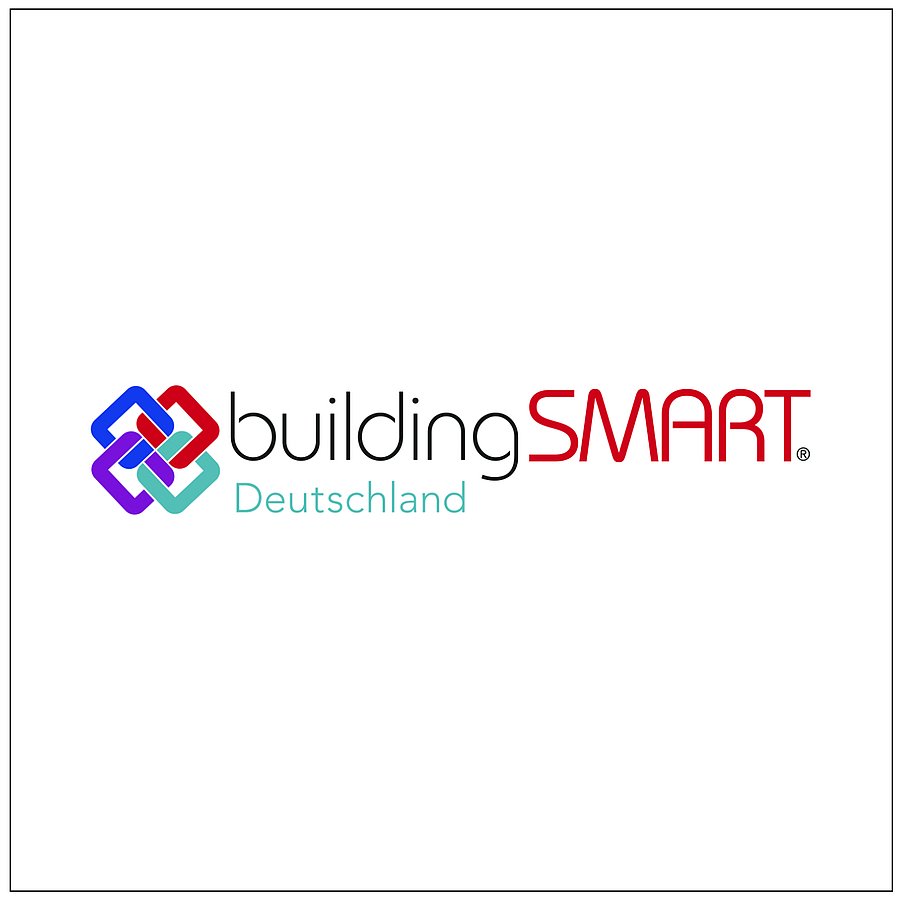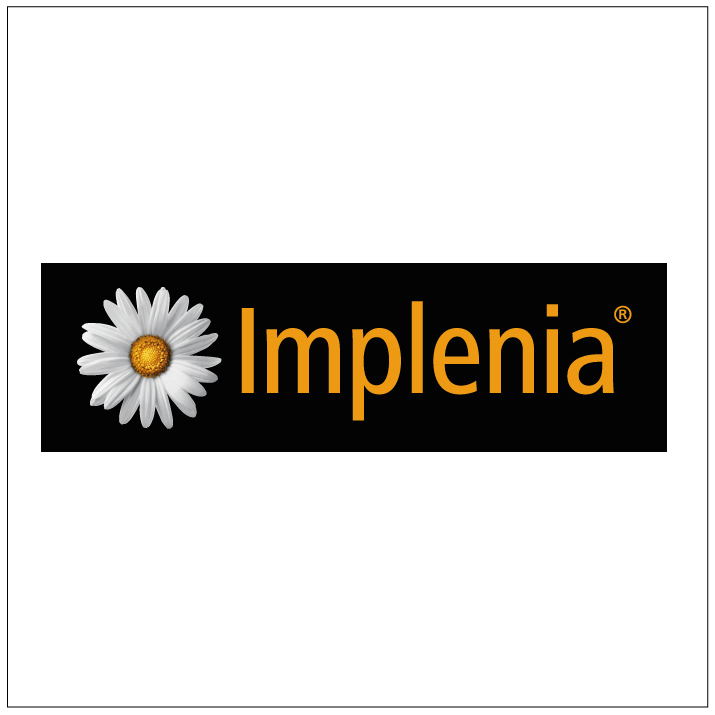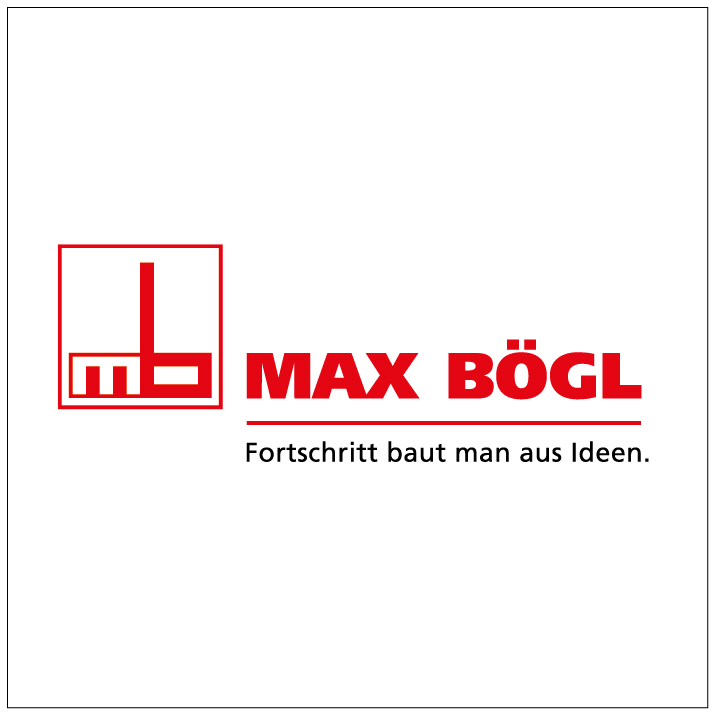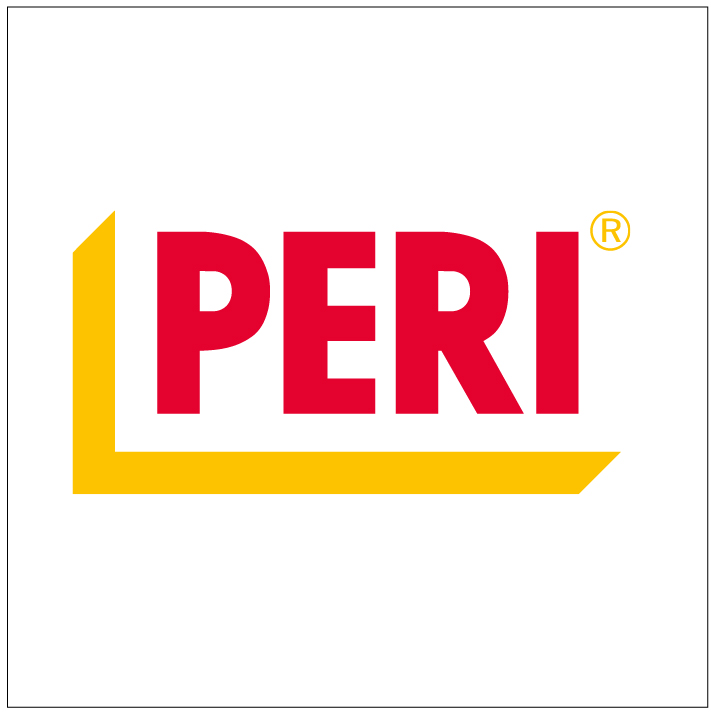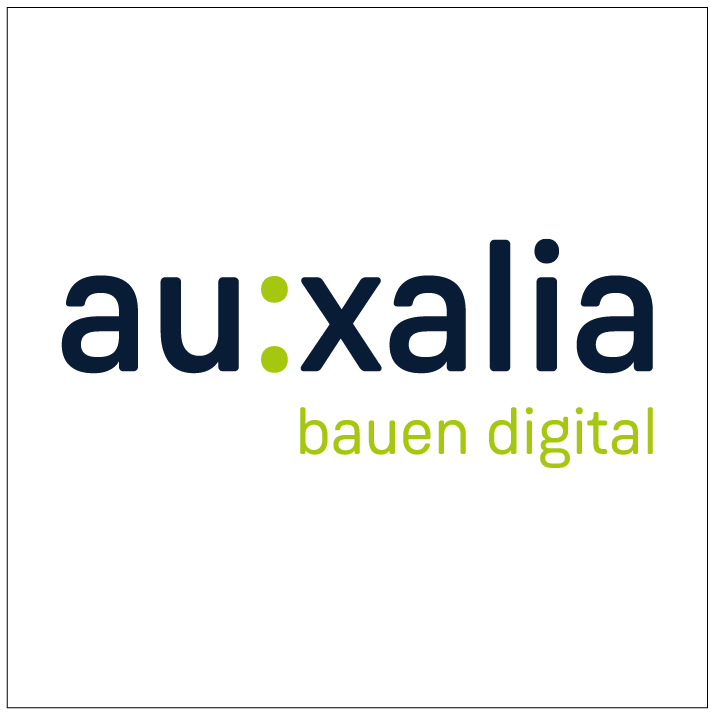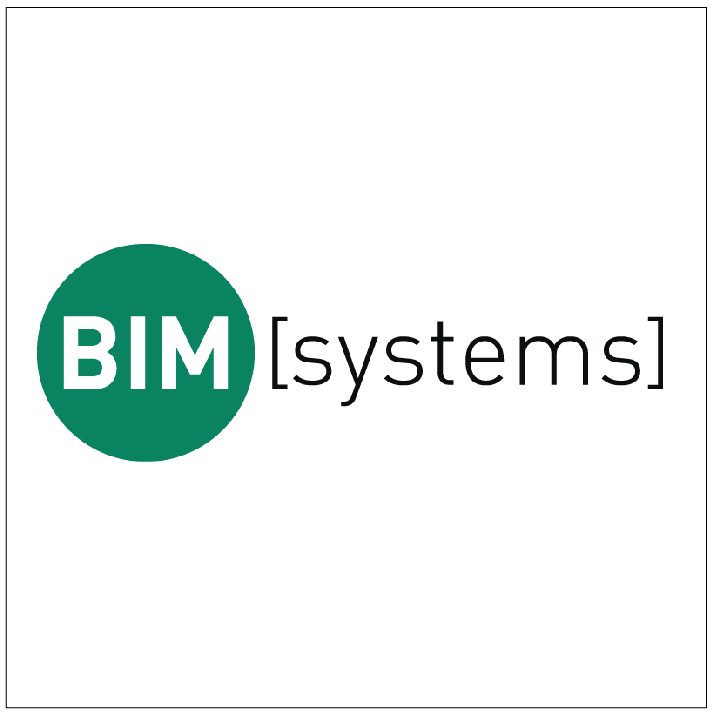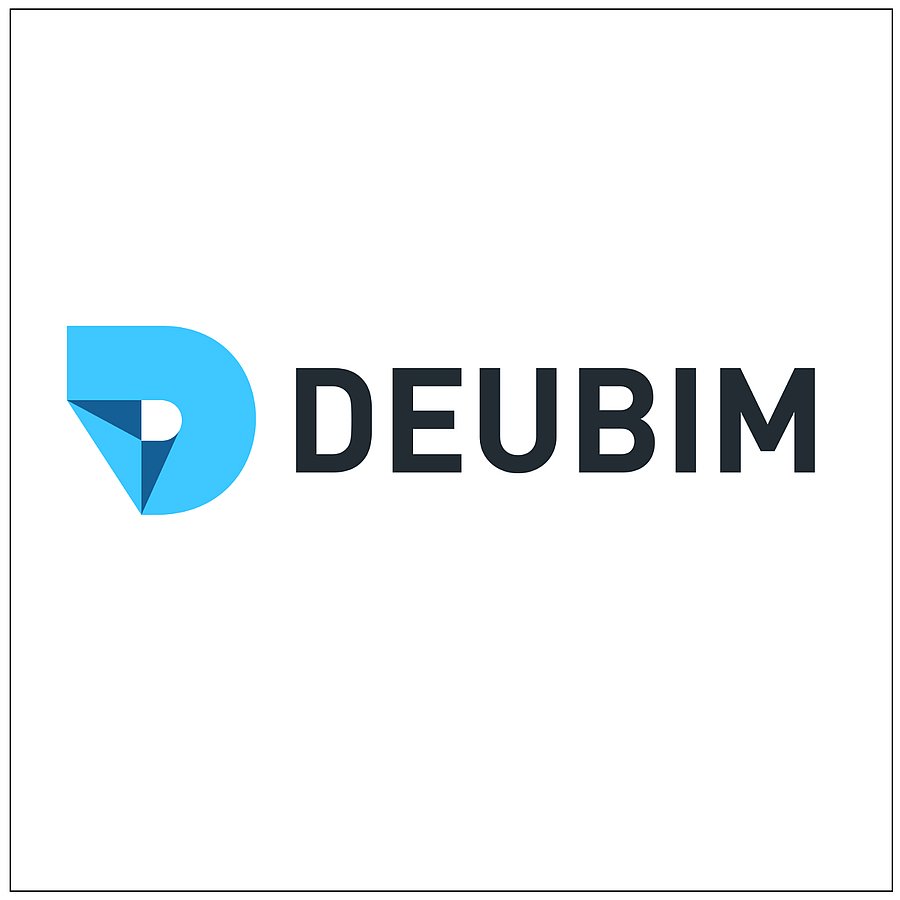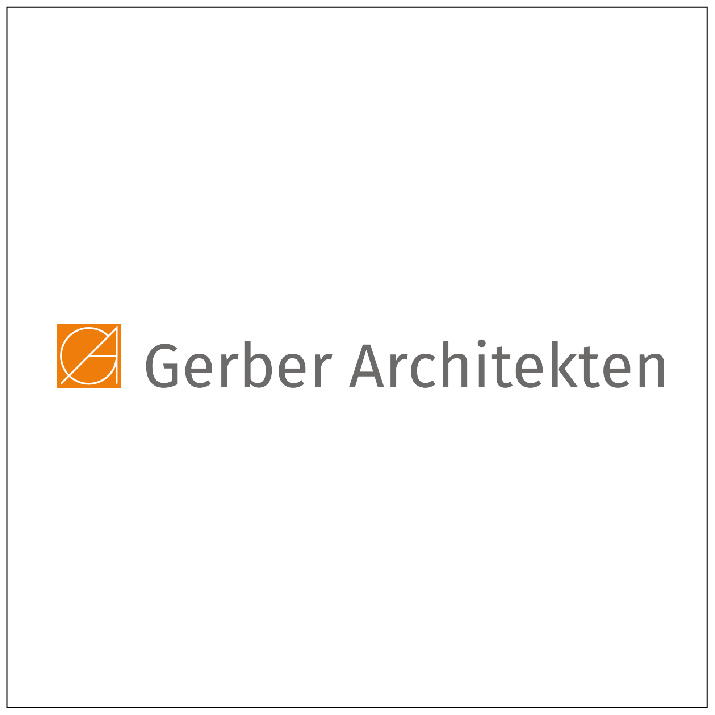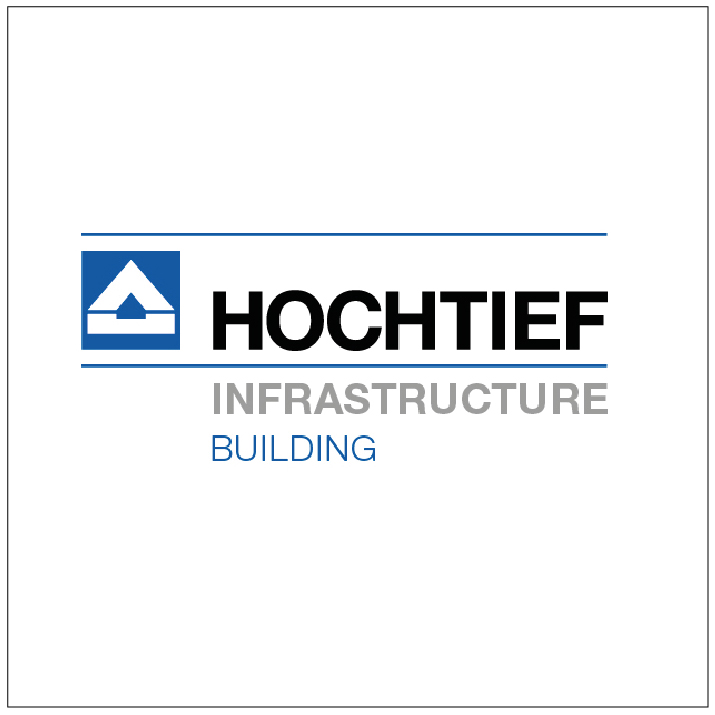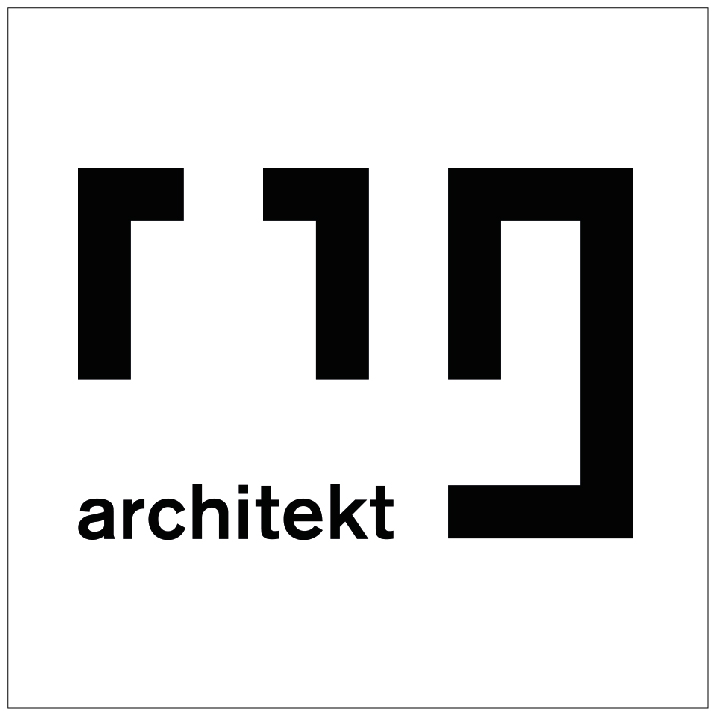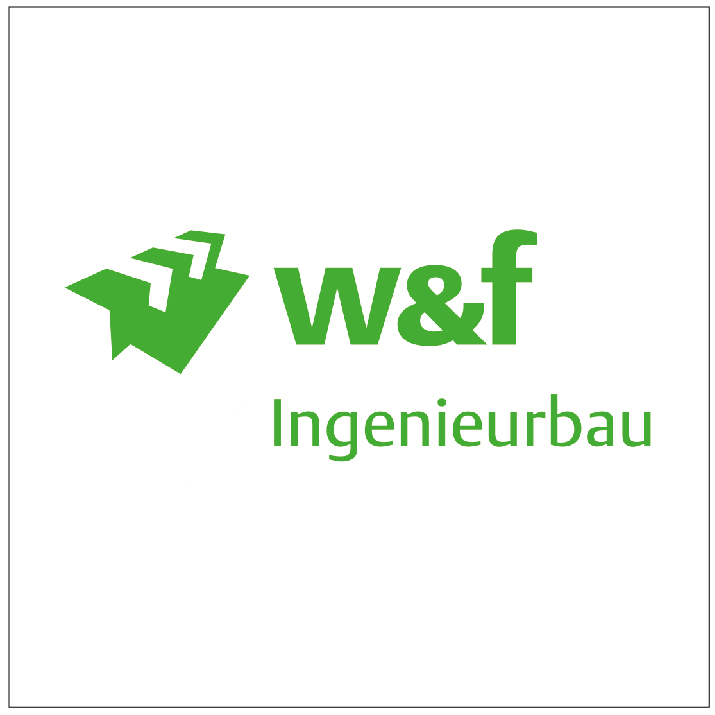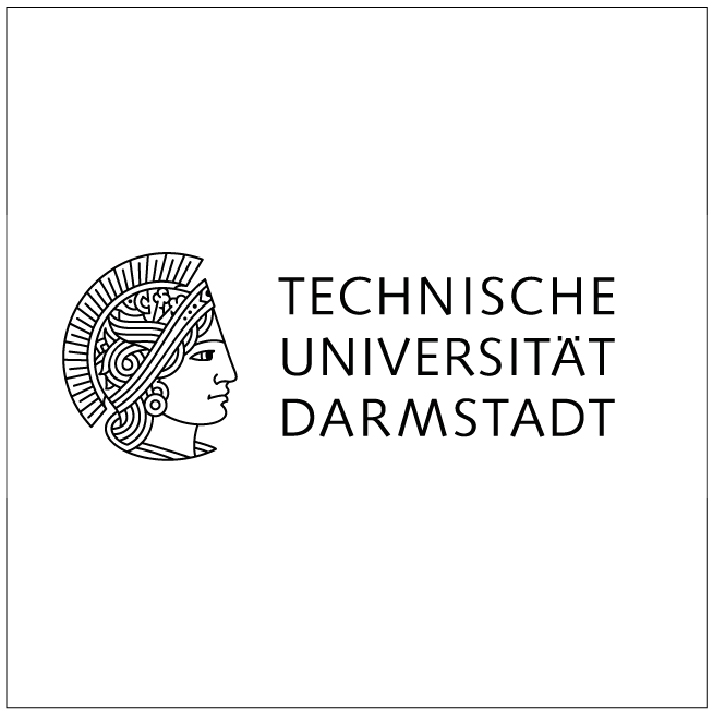BIM modeling guideline
Creation of a standardized BIM modelling guideline
Funded by: Federal Institute for Research on Building, Urban Affairs and Spatial Development (BBSR) as part of the Zukunft Bau research initiative
Project duration: 03/2019 to 08/2021
The successful, consistent application of the BIM method over the entire life cycle of buildings depends largely on the coordination of the project participants with regard to data exchange and its content. This includes the requirements for the geometric level of detail and the necessary information requirements for the model elements. The necessary information requirements and the timing of their provision can be described in the form of a modeling guideline. Depending on the objectives defined by the client, such a guideline should provide the project participants with information on the type of modeling as well as the content and level of detail of the structural data models. In practice, it has been shown that larger companies in particular have developed internal modeling guidelines, but these are rarely coordinated with the other project participants. These existing modeling guidelines have been developed and enriched over the years by the companies creating them based on practical application; they therefore reflect the experience of their own BIM experts. As the documents developed represent added value for the company, they are kept under lock and key.
SMEs in particular therefore generally do not have the human resources to develop their own guidelines. The fact that the guidelines are essentially used within the company results in specific stand-alone solutions that are rarely suitable or can only be used for cross-company collaboration with changing project partners. In practice, the need to standardize modelling guidelines is seen as essential for the future efficient cross-project and cross-company use of the BIM method. As the information used is distributed similarly in every project, it is advisable to develop a definition suitable for the industry so that modeling guidelines do not have to be developed individually. The development of a standard for the creation of building data models enables a considerable streamlining of the coordination process through the use of generally valid requirements for geometry and parameter detailing. By providing various modelling guidelines that have already been developed and applied in practice, the basis for standardization is created.
The aim of this research project is to create a standardized BIM modelling guideline. Depending on the agreed BIM objectives and applications, this includes scalable specifications regarding the necessary geometric level of detail and the associated information. The previously described empirical values of modeling guidelines that have been tested and applied in practice are used here. The publication and provision of a standardized BIM modelling guideline via a neutral research institution promotes the holistic implementation of the BIM method over the entire life cycle of a building in the industry and is therefore indispensable, especially for the integration of SMEs. This standardized BIM modeling guideline can become part of the client information requirements (AIA) and thus be used consistently by all parties involved.
The research project is structured in four consecutive work packages (WPs):
In the first work package (WP1), existing modeling guidelines from planning, construction and operation are analyzed with a focus on structure, content and compliance potential as well as distinguishing features. The modeling guidelines to be examined are provided by the participating practice partners, who have developed them and use them within the company.
As part of the analysis, a possible dependency in the categorization or weighting of individual aspects is considered, which will be taken into account in the further course of the research project. Subsequently, an assignment to BIM objectives and applications as well as the derivation of a standardized modelling guideline will be carried out (WP 2). The aim is also to define the necessary level of detail or depth of detail for the various types of information. In the third work package (WP 3), the previously derived modeling guideline is expanded to include basic BIM objectives and applications. Finally, the created modelling guideline is validated using real BIM projects and supplemented with the experience gained (WP 4) and statements are made about the adaptability and scalability of a standardized BIM modelling guideline.
Practice partner
